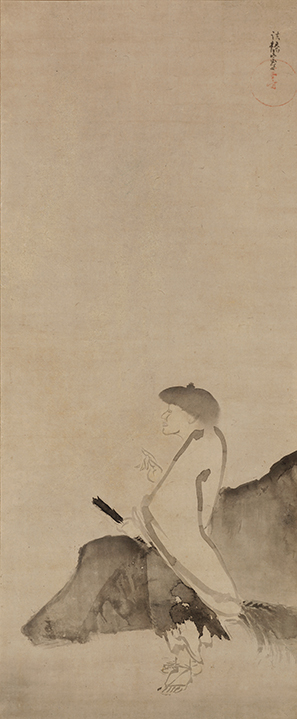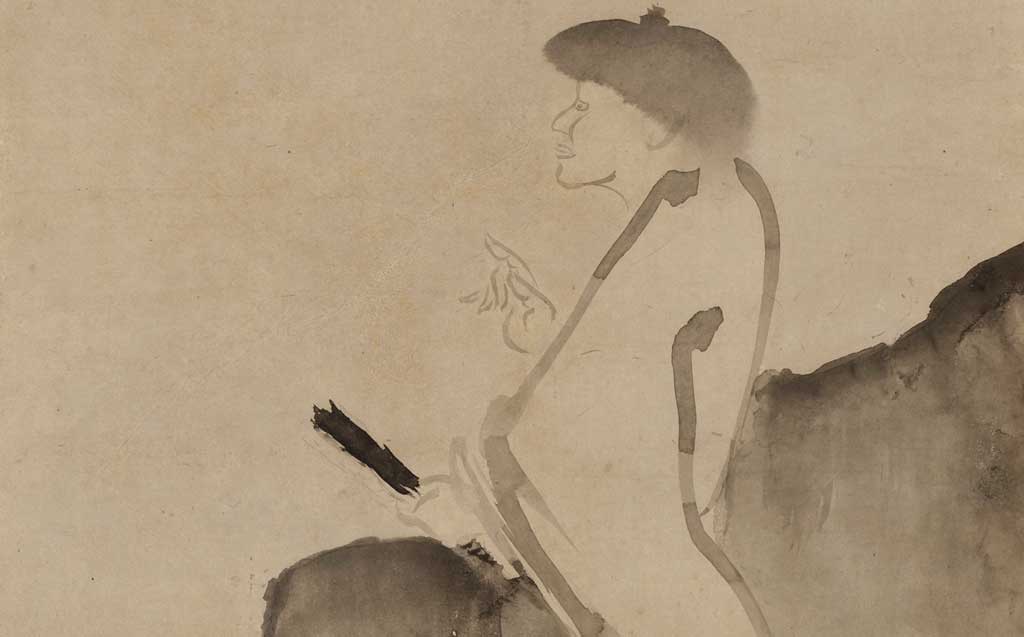STARTS
2010-08-01 00:00:00
Ends
2010-08-01 23:59:59
Location
Expressions of Brush and Ink
Expressions of Brush and Ink: Literati and Chan (Zen) Painting of China and Japan
Choice of materials has fundamentally determined the aesthetic qualities of Chinese and Japanese painting.
The traces left by the brush loaded with black ink used to form the image—brushwork—were the paramount criterion by which the quality of a painting was judged and by which styles were defined.
They may be long and linear to render outlines or short and repeated to lend solidity and texture. Dots often suggest foliage but are also a texturing device. Washes may be combined with brushstrokes to model solid form or, used independently, to suggest mist.
Brushwork was much more than a descriptive device; it was the vehicle by which painters expressed their artistic personality. This notion was first espoused by Chinese literati painters, scholars who were accomplished in a range of cultural pursuits, during the 11th and 12th centuries.
These painters promoted the revolutionary concept that painting was not merely representation but, more importantly, an expression of the artist’s character, and that brushwork was the vehicle for this self-expression.
While literati painters generally favored expressive yet restrained and subtle brushwork, bolder, more dynamic styles, often associated with Chan (Japanese: Zen) Buddhism, also flourished.

